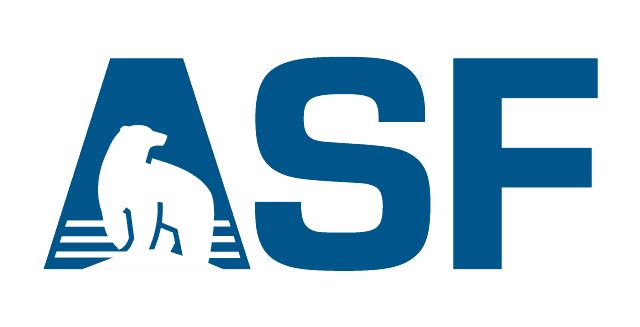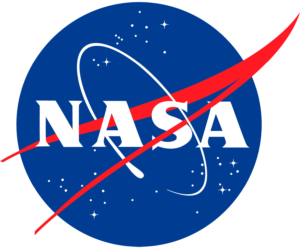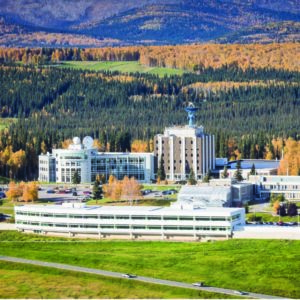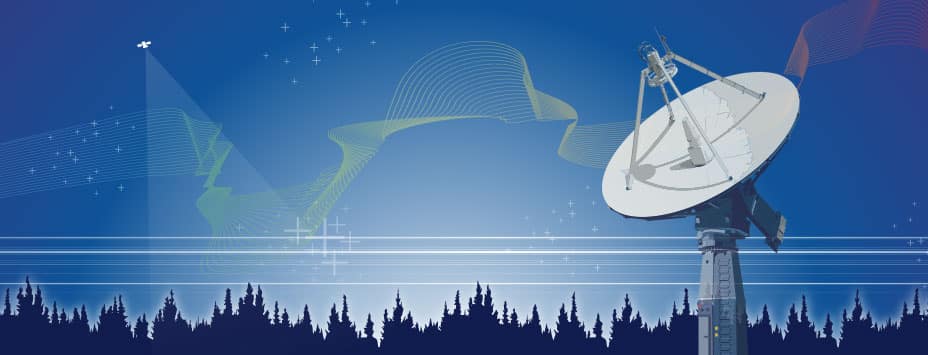ASF Near Space Network (NSN) Satellite Tracking Ground Station
The Alaska Satellite Facility (ASF) operates four satellite tracking and communications antennas that are part of the Near Space Network (NSN), a global array of ground-based spacecraft-support facilities managed by the NASA Goddard Space Flight Center. The ASF ground station provides downlink support for transferring science data from satellites in low Earth orbit and support for telemetry, tracking, and command functions. These services are provided across multiple radio frequencies – S-band, X-band, and Ka-band – depending on the data rate requirements of a mission.
Prime Location
At 64.85 degrees latitude north, ASF is in a prime location to link to satellites in high-inclination, polar orbits. Three antennas are located on the University of Alaska Fairbanks Troth Yeddha’ campus, which provides high-level infrastructure support. The fourth antenna is located 16 miles away at a second, continuously monitored ASF ground facility.
Outstanding Performance
ASF has provided NASA with a high standard of satellite ground support since 1991, when the first data downlink was received. ASF provides 24/7 engineering staffing and support and maintains a 99.1% or higher proficiency rating as required by the NSN.
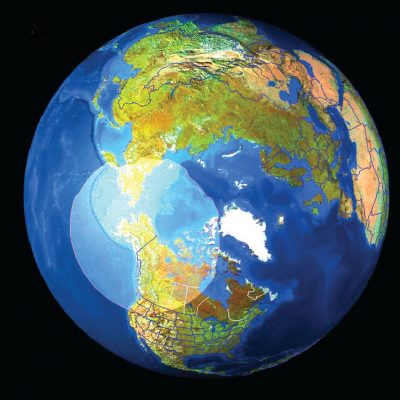
The ASF Station Mask
NSN Antennas at ASF
AS1 - 11.28m aperture antenna
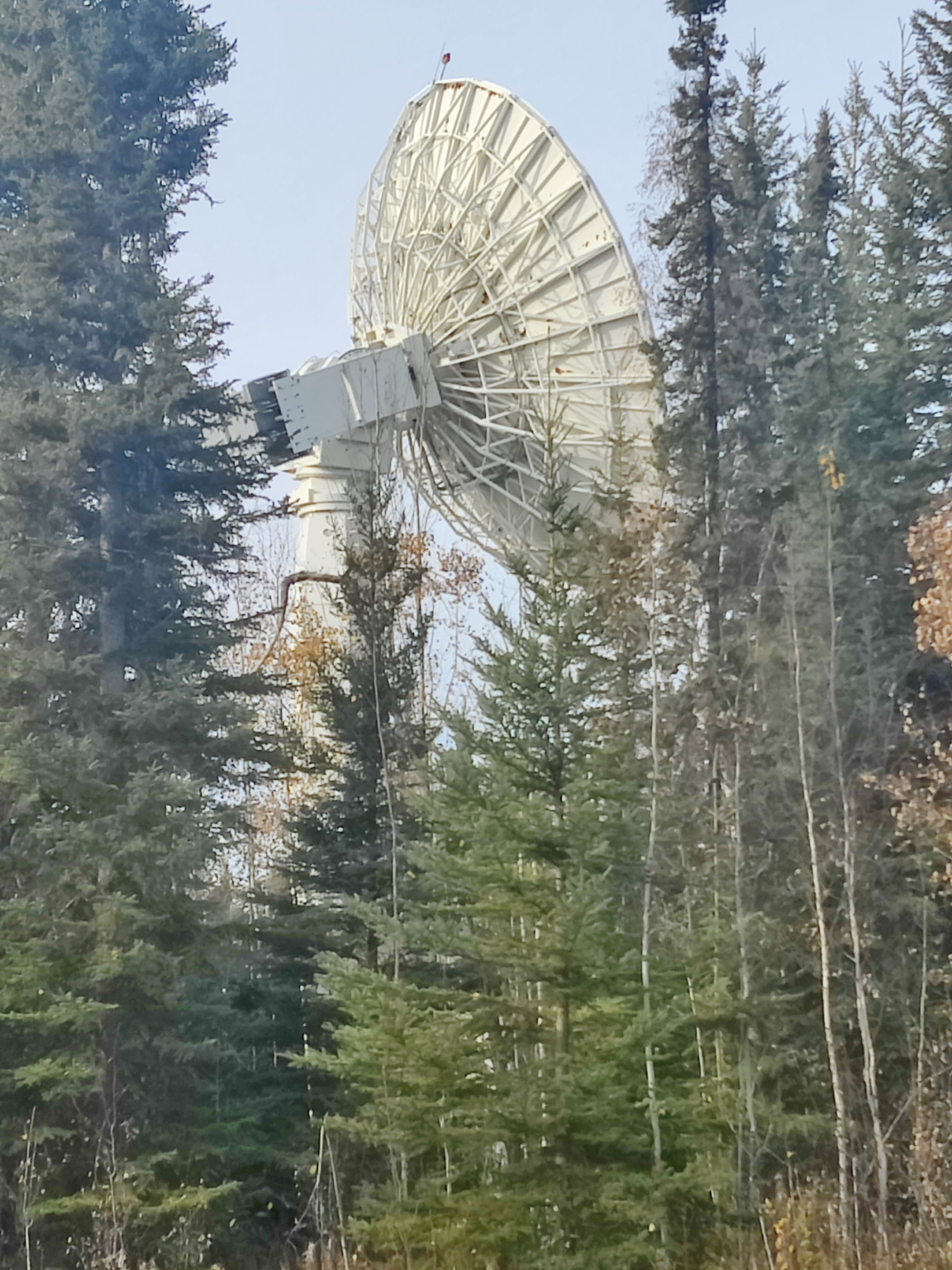

- Operational: 1995
- Command uplink capable
- Fully automated pass support capability
- Latitude: 64.858712150
Longitude: -147.857595161
WGS 84_G1674 - Elevation at feed 205m MSL
- S-Band feed at prime focus
- X-Band feed at Cassegrain focus
- 3860 antenna controller
- 3316 three-axis pedestal with 7 deg train axis
AS2 - 9.1m aperture antenna
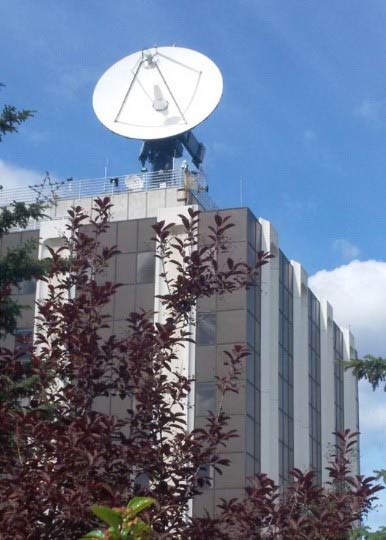
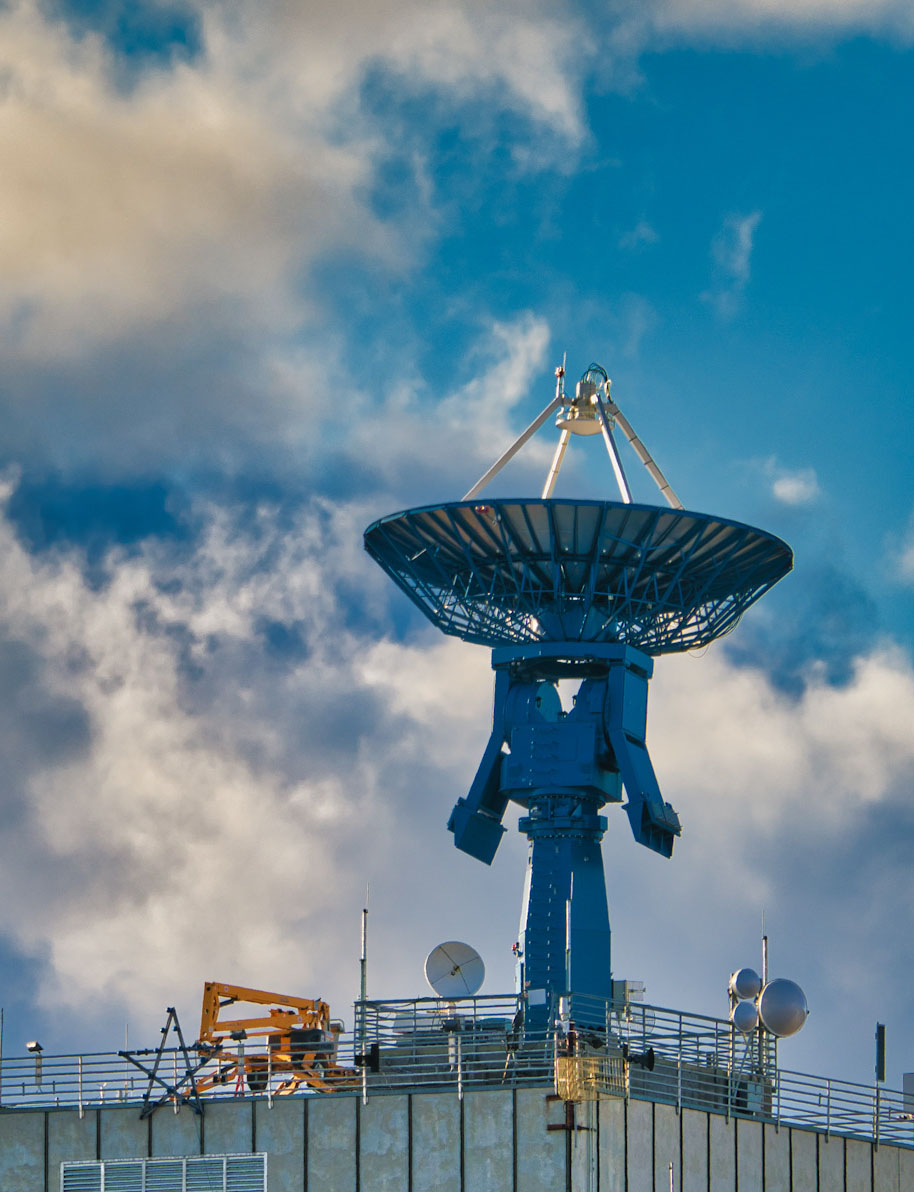
- Operational: Original 1991; replacement 2017
- Fully automated pass support capability
- S-Band uplink; S-Band and X-Band downlink
- Latitude: 64.859460942
Longitude: -147.849742331
WGS 84_G1674 - Elevation at feed 231m MSL
- S-Band feed at prime focus
- X-Band feed at Cassegrain focus
- 3440 three-axis pedestal with 7 deg tilt axis
- AC4100 antenna controller
AS3 - 11m aperture antenna

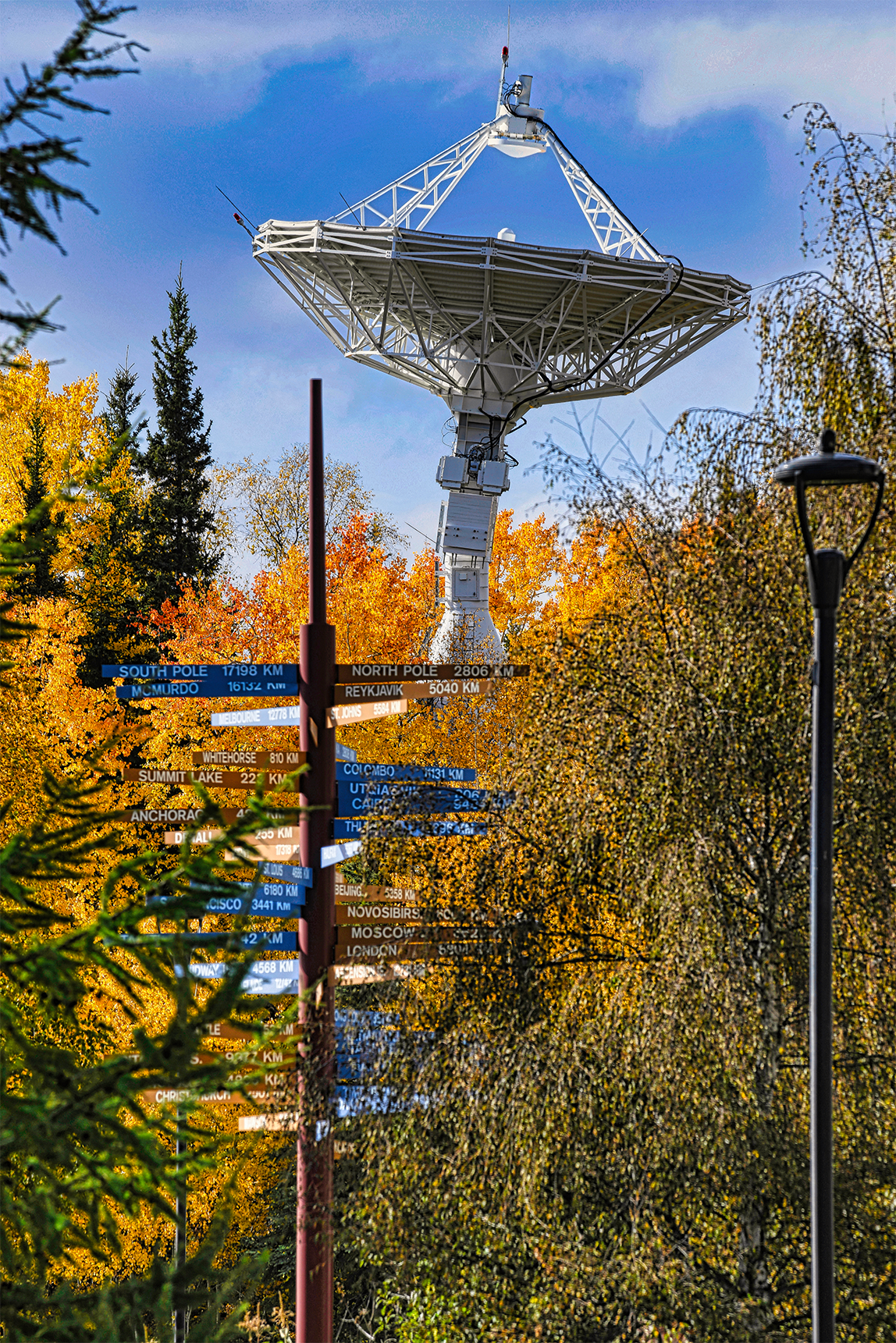
- Operational: 2013
- Command uplink capable
- Fully automated pass support capability
- Latitude: 64.858875394
Longitude: -147.854115119
WGS 84_G1674 - Elevation at feed: 204m MSL
- S-Band feed at prime focus
- X-Band feed at Cassegrain focus
- 8400 three-axis pedestal with 7 deg third axis
- L-3 Datron antenna control assembly
AS4 - 11m aperture antenna

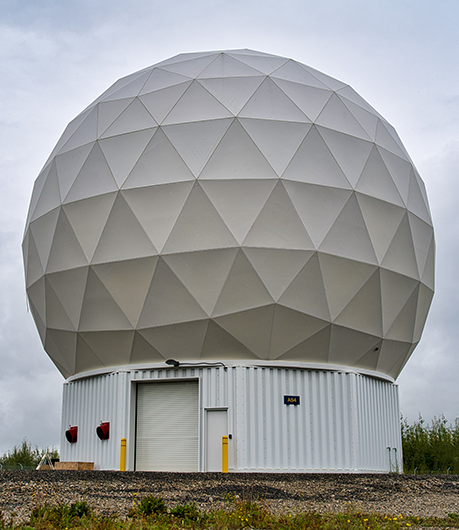
- Operational: May 2022
- Command uplink capable
- Fully automated pass support capability
- Latitude: N 64-47-42.01876 (dms)
Longitude: W 147-32-17.91390 (dms)
WGS84 (G1762) (Epoch 2021.000) - Elevation at feed 161.94 meters MSL
- S-Band feed at prime focus
- X and Ka-Band feed at Cassegrain focus
- AC4100 antenna controller
- 3440 three-axis pedestal with 7 deg train axis
